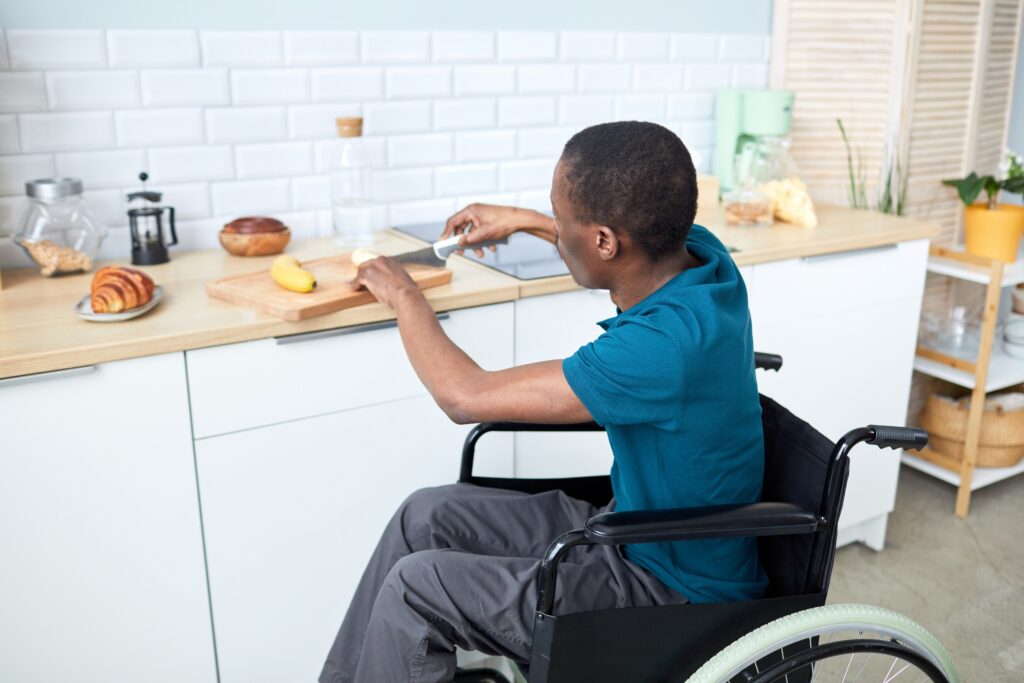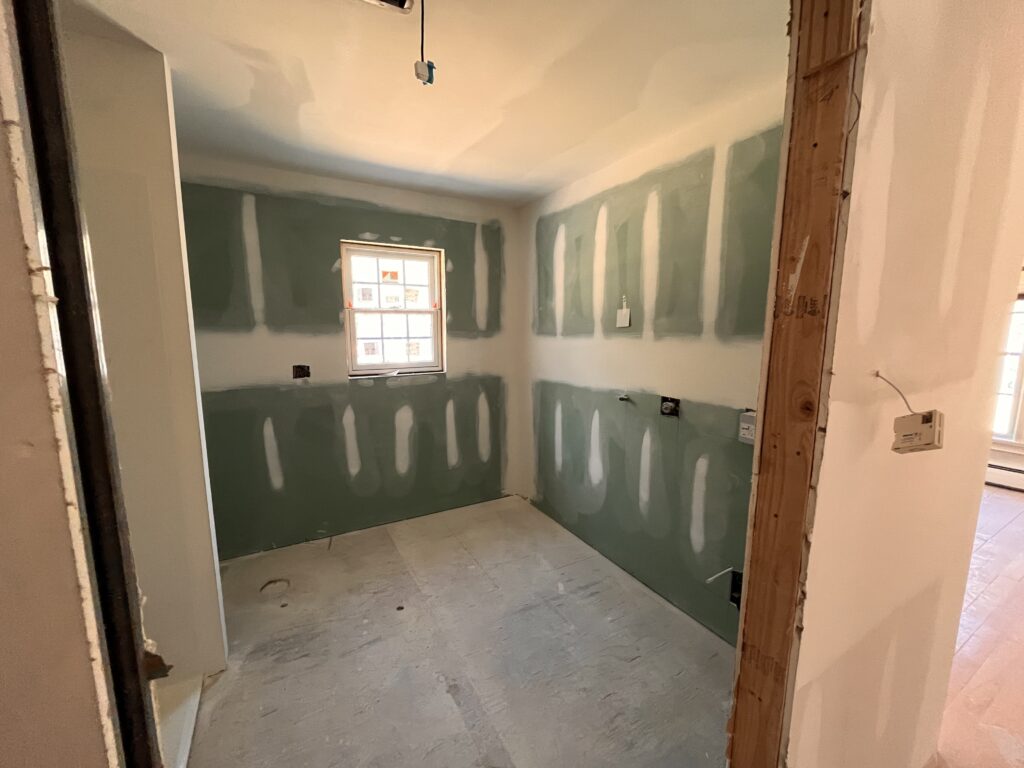10 Changes You Can Make in Your Kitchen to Increase Accessibility

These days, the kitchen is more than just a place to prepare meals and eat dinner. For many people, kitchens have replaced living rooms as the place in your home where everyone can gather and relax together at any time of the day.
Because it’s likely that your kitchen is used by all the members of your household, ensuring it is accessible to everyone is very important. Keep reading to learn ten changes you can make in your kitchen to increase accessibility!
1. Adjust Cabinet Heights
You can make upper cabinetry less of a struggle to access by adjusting their height. Standard cabinets can usually be lowered one to three inches, making it easier to reach higher shelves and safer to remove heavier objects, like serving dishes or containers of pantry staples.
2. Modify Lower Cabinets
Lower cabinets can be modified with inserts like pull-out storage, lazy Susans, and mechanized appliance lifts. Modifying lower cabinets make accessing and organizing cooking tools or pantry items more convenient for everyone in your household.
3. Replace Cabinets With Drawers
To maximize accessibility, consider replacing traditional cabinets with drawers. Drawers come in all sizes and allow easy access to kitchen essentials, like cookware, tableware, and utensils.
4. Update Drawer Knobs
Stiff joints or decreased hand strength can make it hard to grasp small kitchen knobs. An easy way to increase the accessibility of drawers and cabinets is by updating existing knobs with lever-style or d-shaped pulls.
5. Create Wider Kitchen Aisles
The average wheelchair needs a clearance of at least sixty inches to move around a room easily. Because older kitchens tend to be narrower, you can increase mobility for a wheelchair user by expanding the width of kitchen aisles.
6. Consider kitchen layout
Moving from one end of the kitchen to another to access major appliances can be burdensome if you have mobility issues. Creating a kitchen layout where the refrigerator, the stove, and the sink are close to one another can make food prep and cooking less of a chore.
7. Add Additional Lighting
Using a knife or other sharp kitchen tools in poorly lit areas of the kitchen can lead to serious accidents if someone in your home has vision issues. You can make your kitchen safer by adding additional task lighting or under-counter light fixtures to brighten every workspace.
8. Update Fixtures and Appliances
Lower sinks, touchless faucets, wall ovens, and under-the-counter microwaves can make your kitchen accessible to everyone. These modern updates can even add value to your home.
9. Lower Countertops
If you or someone in your home lacks arm strength or flexibility, standard counter heights can be too high for practical use. Lowering countertops can ensure a safer, more user-friendly kitchen for everyone in your home.
10. Install Slip-Resistant Flooring
Kitchens are often the site of hazardous slips and falls, which can lead to serious injury. Installing slip-resistant flooring or rugs with non-slip pads can prevent needless accidents by providing a steady, secure surface to walk on.

Our team recently completed a kitchen remodel in Portland, Maine, to increase accessibility in this home’s kitchen. Depending on your needs, our team can help you decide how much renovation your home needs!
Making changes in your kitchen is an excellent first step to ensuring your home is accessible to everyone as you age-in-place. From big changes like widening kitchen aisles and adjusting countertop heights to small changes like updating knobs and adding lighting, the result is a beautiful kitchen that is accessible to all!
Do you want help making your kitchen more accessible? Contact the professionals at Portland Accessibility Remodelers in Southern Maine today!
